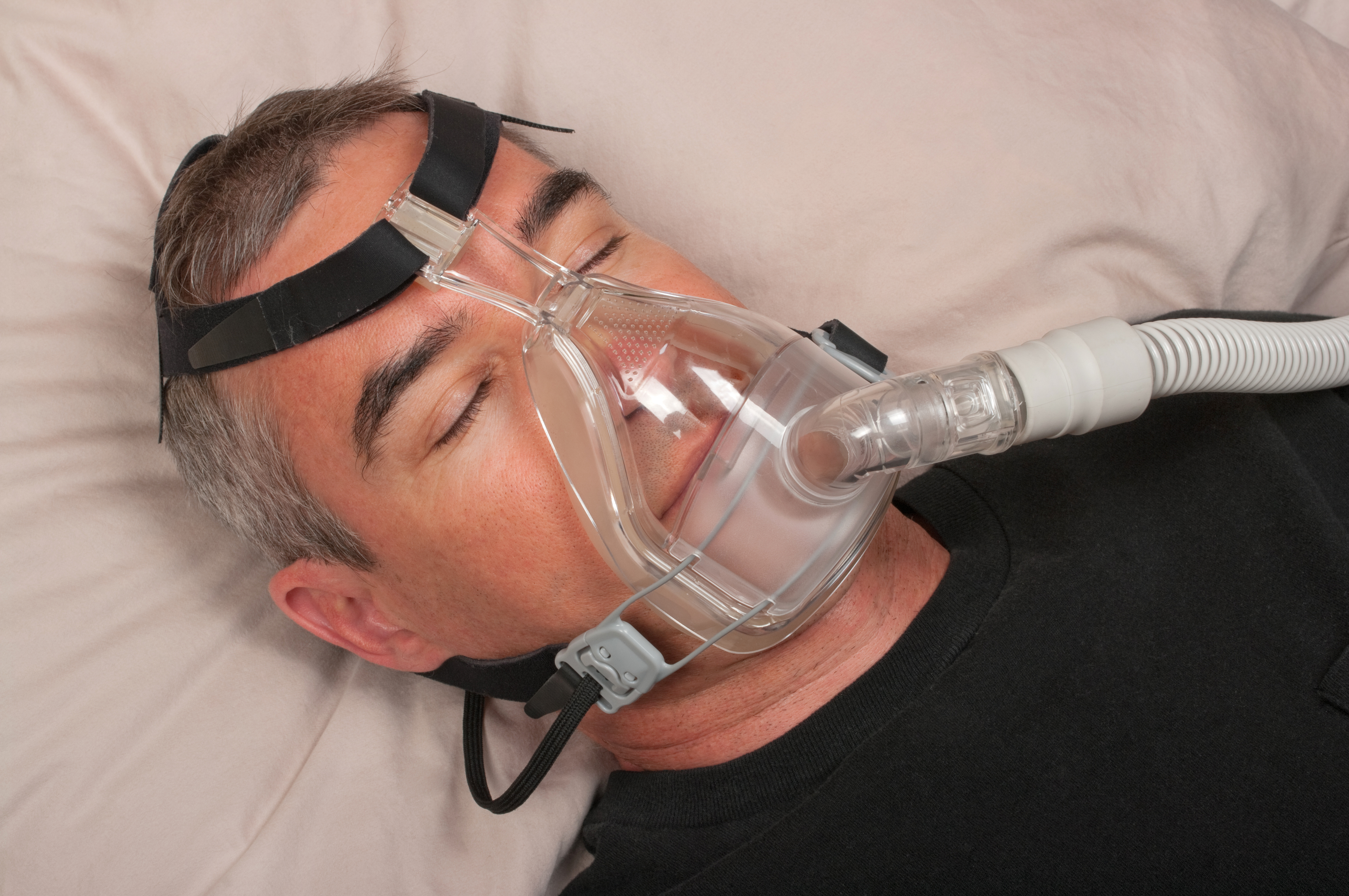Researchers at Istituto Figlie di S. Camillo in Italy recently reported that fibromyalgia is common among patients with obstructive sleep apnea (OSA). The study was published in the European Journal of Internal Medicine and is entitled “Fibromyalgia is frequent in obstructive sleep apnea and responds to CPAP therapy”.
Fibromyalgia is a medical disorder characterized by a set of symptoms including widespread chronic musculoskeletal pain, incapacitating fatigue, stiffness and numbness in certain parts of the body, painful response to pressure, headaches, unrefreshing sleep (poor sleep quality), anxiety or depression and mood alterations. Fibromyalgia can affect people’s ability to conduct simple daily tasks, compromising their quality of life. It is estimated that 5 to 15 million Americans are affected by this disorder, especially women where a prevalence of 3.4% has been reported in comparison to 0.5% in men.
The poor sleep quality experienced by fibromyalgia patients has been suggested to be a key factor of disease pathogenesis. The prevalence of OSA (an obstruction of the upper airway characterized by repetitive episodes where the individual stops breathing during sleep) among fibromyalgia patients is not clear. In addition, data is also lacking on the impact of continuous positive airway pressure (CPAP) use, a device that helps individuals with OSA to breathe more easily during sleep.
Now researchers determined the incidence of fibromyalgia in OSA patients and the role played by CPAP as a therapeutic option. In total, 900 OSA patients were assessed in the study through a sleep test with a 25-channel portable polysomnography recording device, an Epworth sleepiness questionnaire, a full medical examination and a detailed analysis of their medical history.
Researchers reported that 15% of all OSA patients (135 individuals, mean age of 40 years) met the American College of Rheumatology (ARA 2010 version) criteria for a fibromyalgia diagnosis, and that of these, 74% were men (100 individuals). This is a curious fact as fibromyalgia is more common among women in the general population. All these patients were then submitted to a 6-min walking test, completed the SF-36 standard questionnaire (health survey form) and assessed in terms of symptoms severity scale and CPAP titration scores. Of these patients, 30 were excluded because they failed the scheduled follow-up, and five refused treatment. The remaining 100 patients were treated with CPAP, with follow-up visits at 3 and 6 months. As controls, 50 patients with fibromyalgia were treated with conventional therapy (tricyclics, serotonin reuptake inhibitors and gabapentanoids).
The team found that treatment with CPAP resulted in an overall superior improvement in the functional symptoms of the disease compared to conventional therapy. Patients under CPAP treatment had a significantly decrease in the apnea hypopnea index (AHI), an improved 6-min walking test result, and a reduction in symptoms severity scale.
The research team concluded that fibromyalgia is frequent among OSA patients, and propose CPAP treatment as an effective therapy for these patients.

